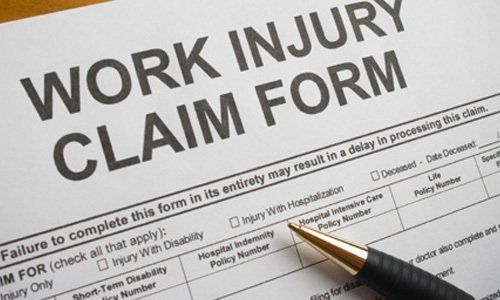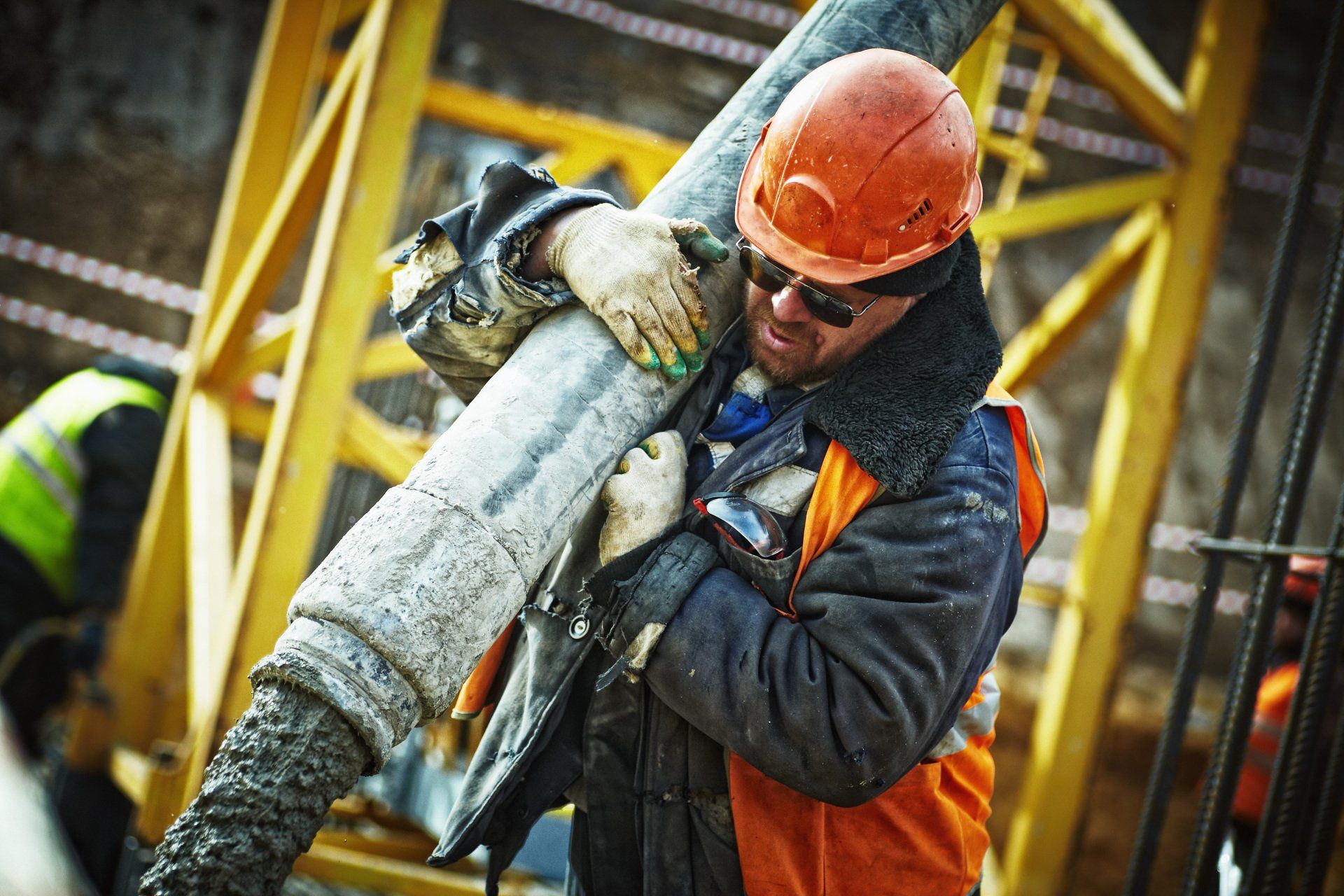How PCP Testing Reduces Workplace Injuries
Post-employment tests are carried out by employers to vet the final candidates for a job. This is to be sure that whoever gets the job is physically fit for it so injuries are reduced and/or avoided.

It's common in the sports world for athletes to undergo medical testing before huge contracts are completely sealed. The physical tests are done to check that no injuries will impede the athlete's optimal performance. This practice has permeated other industries and workforces because it's incredibly beneficial in helping employees stay safe and free from injuries. Post-employment testing is a method employers have embraced to determine the physical abilities of prospective employees. Many of them use it to confirm that the individuals considered for employment can perform, with ease, the tasks demanded by the job. The Physical Capacity Profile Testing System is a great way to implement a safety program in the workplace and ensure that both employers and employees remain safe and unharmed while working.
So, how can the PCP Testing System benefit you? Let's dive in.
About the PCP Testing System
Organizations that prioritize workplace safety carry out a standard medical examination to understudy their employees' skills when they hire them. The post-employment test helps determine if a candidate can withstand the physical rigors of the job, and in turn, ensures that the employees will remain safe while working. During the test, employees are often tested for different physical and medical features, based on the particular job demands. Many post-employment tests measure body fat and weight, weight lift limits, limb strength, and range of motion.
The post-employment test also ensures that the employee does not have a pre-existing medical condition that could be triggered by the position for which the company has hired them. However, if such a condition is detected in the employee during the post-employment test, the employer becomes aware of it and is at liberty to accommodate the shortcomings. Human Resource managers who use post-employment testing delegate this task to qualified medical professionals who create a testing schedule based on the demand and rigors of the job. It is important to have a consistent measure for every position in an organization.
When To Do Post-employment Testing
Post-employment testing is done after an offer has been given. It precedes placement. This means that the soon-to-be employee is yet to start working in the position they had applied for. After placement and resumption, the employer or agent may no longer request any medical information. Also, the employer or agent cannot request medical information from a candidate until an offer of employment has been sent. The offer of employment creates a narrow window of opportunity for the employer to detect any medical conditions or disability that needs to be considered before resuming the job.
How The PCP Testing System Mitigates Injury
Post-employment testing is usually completed within 30 minutes. The test is specific to the job role and analyzes the candidate's physical abilities for the role. The requirements of a specific task may involve asking the employee to push or pull safely, lift weights or squat, or do other physical tests. The job offer may be withdrawn if the candidate fails the test. In some cases, the candidate can retake the test after a certain period. Besides physical tests that check for posture, flexibility, and joint integrity, the employer may also need the employee's medical history. A standard cardiovascular test often follows this comprehensive evaluation. The medical professionals whose duty it is to carry out these tests send the report outline to Human Resources. If an employee is incapable of performing heavy-duty tasks, such an employee will not be assigned to such tasks, leading to mitigation of risks in the workplace, thereby ensuring workplace safety.
The Major Benefits of Post-employment Testing
Post-employment testing ensures that an organization has a workforce that can safely and efficiently carry out its duties. Having workers with a higher chance of injury reduces the efficiency of operations. The post-employment test also prevents potential workers compensation fees in the event of an injury because the injury rate is reduced. The PCP Testing System therefore improves worker retention as losing a worker can also lead to further losses for the company.
Post-employment tests are advised for managers of organizations to minimize employee risk. Employees are also motivated to give their best when they realize that they are in an organization that cares about their wellbeing. It is a good practice that should be maintained in all organizations. To learn more about our PCP Testing System, click here.










